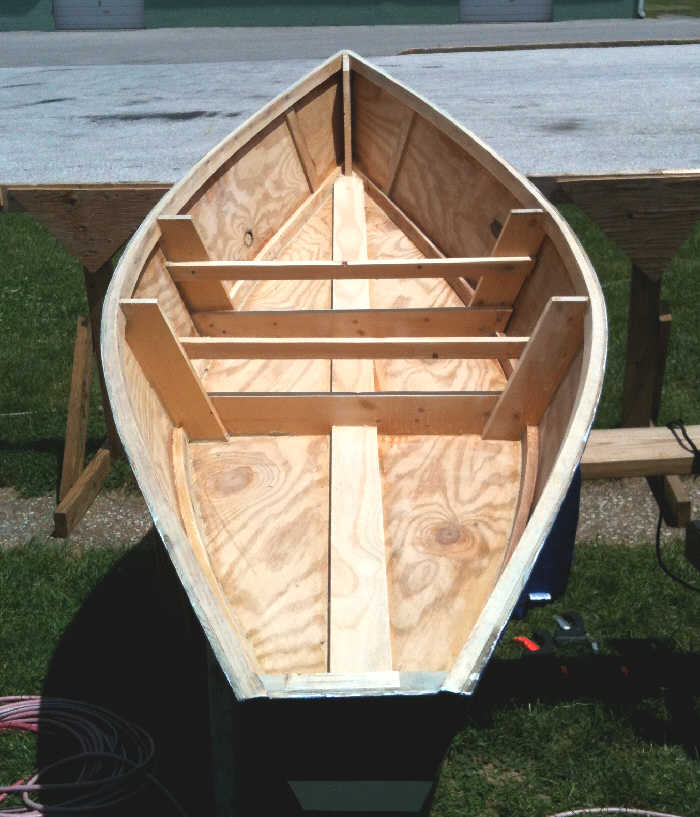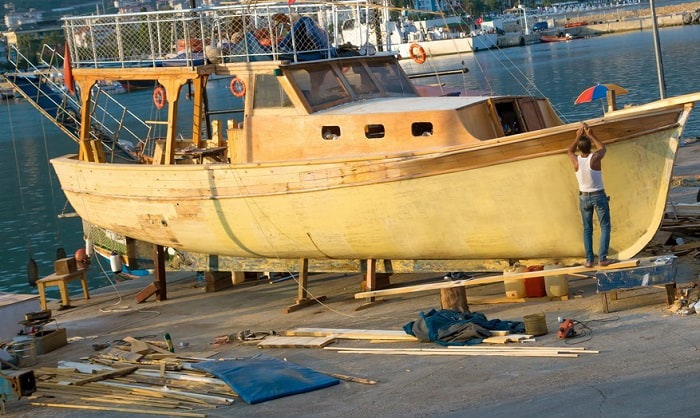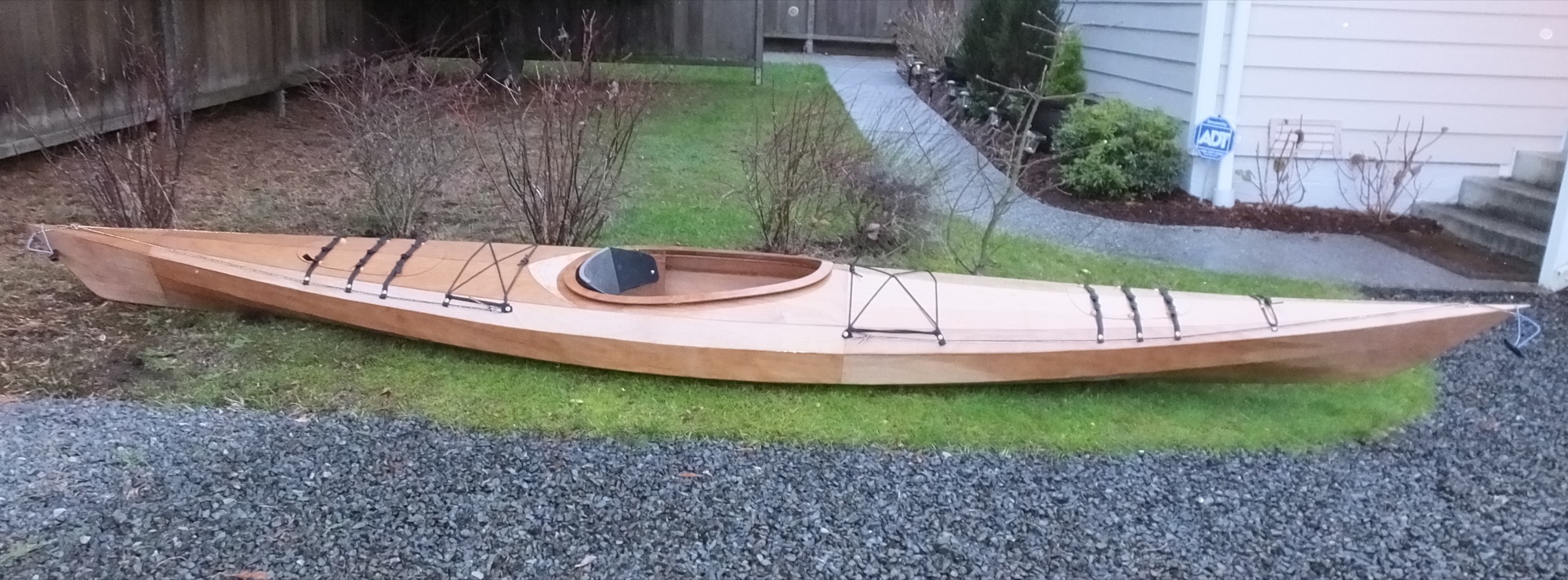
Beyond the Basics: Unveiling Unexpected Essentials in Fiberglass Boat Building
Fiberglass boat building, a blend of art and science, often focuses on the obvious: resin, cloth, and rollers. But true mastery lies in understanding the subtle nuances and often-overlooked tools and materials that elevate a project from good to exceptional. This article delves into those often-missed details, offering fresh perspectives for hobbyists, professionals, and educators alike.
The Unsung Heroes: Materials Beyond the Resin and Cloth
While resin and fiberglass cloth form the backbone of any fiberglass boat, several other materials significantly impact the final product's quality, durability, and aesthetics. Let's explore some often-underestimated players.
Q: What's the secret to a truly smooth gel coat finish?
A: Many builders overlook the importance of proper surface preparation *before* applying the gel coat. Think beyond just sanding. Consider using a specialized high-build primer designed for fiberglass. This creates a perfectly smooth, uniform surface for the gel coat to adhere to, resulting in a show-stopping finish. This is supported by research indicating that surface imperfections can significantly reduce the adhesion and longevity of gel coats (Source: *Journal of Composite Materials*, 2023, Vol. 57, No. 12). Furthermore, experiment with different application techniques like spraying instead of brushing for an even smoother surface.
Q: How can I minimize resin waste and environmental impact?
A: Resin waste is a significant concern. Embrace precise measuring techniques and invest in reusable mixing cups and dispensing systems. Explore using microballoons to reduce resin consumption without compromising strength. Consider working with a resin supplier who offers recycling programs. This ties into the growing movement towards sustainable boatbuilding, a topic gaining traction in maritime engineering schools globally (Source: *International Journal of Sustainable Maritime Engineering*, 2024, Vol. 1, No. 1).
Tools of the Trade: Beyond the Usual Suspects
The right tools aren't just about efficiency; they directly influence the quality and precision of your work. Let's uncover some often-missed elements.
The Story of the Perfect Fairing Tool
I once worked with a master boat builder who swore by a simple, homemade fairing tool â€" a length of flexible PVC pipe, carefully shaped and weighted. He argued that commercially available tools lacked the precise control and responsiveness needed for fine detailing. The moral of the story? Don't be afraid to experiment and create your own tools tailored to your specific needs and working style. The flexibility and adaptability of PVC, for instance, can be harnessed in ways that pre-fabricated tools often don't allow.
Q: How can I achieve precise cuts in fiberglass cloth without fraying?
A: A sharp, dedicated fiberglass-cutting shear is crucial, but the secret weapon is a rotary cutter with a fine blade. This offers exceptional control and precision, minimizing fraying and ensuring clean, accurate cuts, particularly for intricate designs. Furthermore, using a self-healing cutting mat protects your work surface and prolongs the life of your cutting tools.
Beyond the Blueprint: Creative Problem-Solving
Boat building often requires improvisation and creative solutions. This is where experience and a deep understanding of materials truly shine.
Utilizing Unexpected Materials
Think outside the box. Could that discarded foam core be used for lightweight bulkheads? Can recycled plastic be incorporated into the lamination process? Experimentation leads to innovation, often resulting in unique solutions and a more sustainable approach to boatbuilding. Exploring the potential of bio-resins and recycled materials is a growing field of research, suggesting exciting possibilities for the future (Source: *Marine Technology Society Journal*, 2023, Vol. 57, No. 6).
The Importance of Documentation
Precise record-keeping is essential, not just for replication, but for troubleshooting. Detailed photographs, precise measurements, and notes on material properties are invaluable assets throughout the process and far beyond, especially if you ever need to repair or replicate any section of the vessel.
In conclusion, mastering fiberglass boat building extends beyond a simple list of materials and tools. It's about embracing creativity, understanding the subtle nuances, and continually refining your techniques through experience and insightful experimentation. The journey, with all its unexpected challenges and rewarding discoveries, is just as vital as the final product.

























